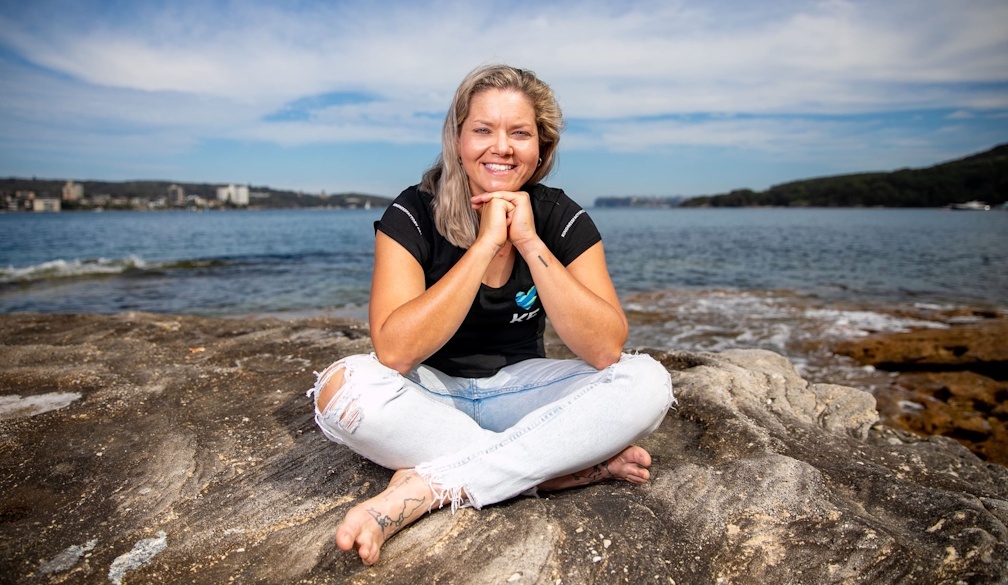Our survey results show incentives aren't enough to reach a 80% vaccination rate
- Written by John P. de New, Professorial Fellow (Professor of Economics), The University of Melbourne
The COVID-19 Delta variant has changed the vaccination game in Australia.
With outbreaks resulting in a prolonged lockdown for Sydney as well as shorter periods for other states, the proportion of Australians vaccinated[1] has steadily increased while vaccine hesitancy has fallen.
The latest survey data[2] collected by the Melbourne Institute show vaccine hesitancy had fallen to 21.5% of the adult population at the end of July 2021, compared with 33% at the end of May 2021.
But how much further can it fall?
Our data suggests there are qualitatively different types of vaccine hesitancy. The decline in vaccine hesitancy we have seen thus far is more about those who had just been “taking their time” rather than being steadfastly uncommitted.
Worryingly, our analyses suggest there remains a significant proportion of the population whose resistance to vaccination will be hard to shift, regardless of the incentive.
Our latest data[3] indicates 11.8% of adult Australians are not willing to be vaccinated and a further 9.7% are unsure.
This data is derived from the Taking the Pulse of the Nation[4] survey, a nationally representative survey of 1,200 Australians over the age of 18 every fortnight. The Melbourne Institute has been running this survey since March 2020 to track Australians’ attitudes towards the COVID-19 pandemic.
Among those aged 50 and older, 18% are steadfastly uncommitted to getting vaccinated — 10% being unwilling, while 8% say they are unsure.
Among those aged 18 to 49, the uncommitted rise almost to 28.8% — 14.1% being unwilling and 14.7% unsure.
Medical experts[5] generally agree a vaccination rate of at least 80% among those aged 12 and above is needed to attain the herd immunity sufficient to stop larger outbreaks. The national cabinet has set a 70% vaccination rate to leave lockdowns largely behind, and a 80% rate to relax border restrictions and other measures.
Our results on the proportion of the population unwilling and unsure about vaccination suggest a struggle to reach these targets.
Read more: VIDEO: Michelle Grattan on Closing the Gap, National Cabinet, and an 80% vaccination rate[6]
Cash incentives not very effective
There may be few easy “nudges” to sway the uncommitted.
Of those who are unwilling or are unsure about vaccination, our survey[7] shows no more than 6% of those aged 50 and older[8] and no more than 16% of those aged 18 to 49 say they can be budged by an incentive such as a cash payment.
The chart below shows the responses of our 18-49-year-old survey participants about hypothetical cash incentives of $25, $50 and $100 for getting vaccinated immediately.
Slightly more of the participants were willing to accept the $100 payment over the smaller cash amounts. This suggests a few more people might be swayed by a much larger incentive, such as the $300 payment[9] proposed by the federal Opposition. But our analysis suggests there is unlikely to be substantially more people willing to vaccinate.
Read more: Paying Australians $300 to get vaccinated would be value for money[10]
What about non-financial incentives?
If cash payments work only for a small proportion, what about other incentives?
One option is a vaccine passport to normality — allowing those that have been vaccinated to enjoy everyday activities such as dining in a restaurant, attending a concert or travelling.
The Europeans have done this with the EU Digital COVID Certificate[11], which provides proof the holder has been vaccinated, tested negative to COVID-19 or had it and recovered.
The national cabinet’s four-stage plan[12] hints at this once the 70% vaccination rate is achieved, with points including easing restrictions and reducing quarantine arrangements for vaccinated residents.
But this may not increase vaccination rates by more than a few percentage points. The chart below shows less than 28%[13] of those who are unwilling/unsure would submit to getting vaccinated even if the unvaccinated were banned from certain activities.
Breaking out the sticks
This steadfast hesitancy implies that debates about marketing campaigns and possible “carrots” are likely to give way to discussing “sticks” that do more than merely increase or prolong the nuisance factor for the unvaccinated.
Stronger legally binding restrictions could include outright vaccination requirements[14] for work[15], school, day care and movement within society. In principle, this is nothing new: children are required as a matter of course to be vaccinated to enrol in schools[16].
However, heavy-handed mandatory vaccination policies are likely to be contested[17] by some, simply due to being forced, driving those “on the fence” into the steadfast “anti-vax” camp, and possibly exacerbating the problem despite the good intention.
Read more: Cash or freedoms: what will work in the race to get Australia vaccinated against COVID-19?[18]
The federal government’s position[19] is against mandatory vaccinations.
But the unanimous national cabinet plan to open the country up substantially at 70%-80% vaccination rates[20] and not deal with future outbreaks by locking down means the unvaccinated must still contend with one of the largest sticks — indeed a “spiked club”.
Once we open up, the unvaccinated will be at much higher risk of illness, long-term medical consequences and even death. They will bear these consequences as individuals, without the special consideration or support that has been offered by governments previously.
It is crucial everyone understand this: if you are not vaccinated, the stick you should fear most, will be wielded by the virus itself.
References
- ^ proportion of Australians vaccinated (ourworldindata.org)
- ^ data (melbourneinstitute.unimelb.edu.au)
- ^ data (melbourneinstitute.unimelb.edu.au)
- ^ Taking the Pulse of the Nation (melbourneinstitute.unimelb.edu.au)
- ^ Medical experts (insightplus.mja.com.au)
- ^ VIDEO: Michelle Grattan on Closing the Gap, National Cabinet, and an 80% vaccination rate (theconversation.com)
- ^ our survey (melbourneinstitute.unimelb.edu.au)
- ^ of those aged 50 and older (melbourneinstitute.unimelb.edu.au)
- ^ $300 payment (theconversation.com)
- ^ Paying Australians $300 to get vaccinated would be value for money (theconversation.com)
- ^ EU Digital COVID Certificate (ec.europa.eu)
- ^ four-stage plan (www.pm.gov.au)
- ^ less than 28% (melbourneinstitute.unimelb.edu.au)
- ^ vaccination requirements (www.scientificamerican.com)
- ^ work (www.safeworkaustralia.gov.au)
- ^ enrol in schools (www2.health.vic.gov.au)
- ^ contested (sph.med.unsw.edu.au)
- ^ Cash or freedoms: what will work in the race to get Australia vaccinated against COVID-19? (theconversation.com)
- ^ federal government’s position (www.abc.net.au)
- ^ 70%-80% vaccination rates (www.abc.net.au)
















